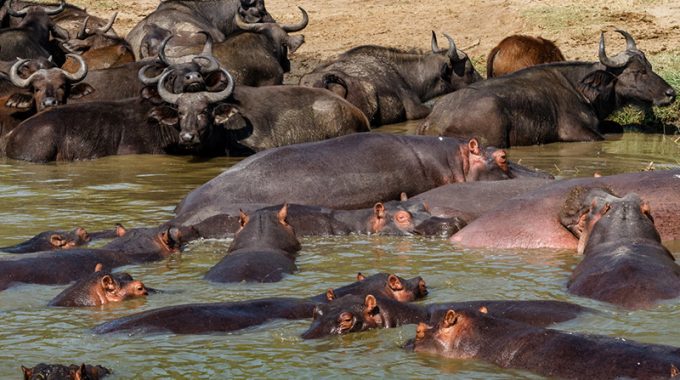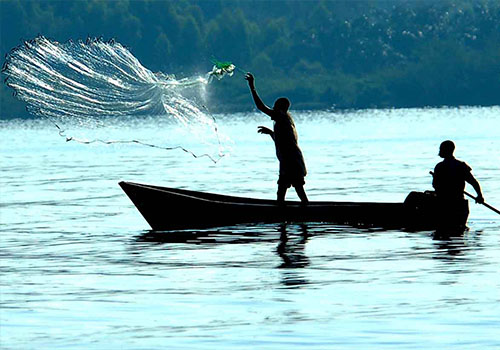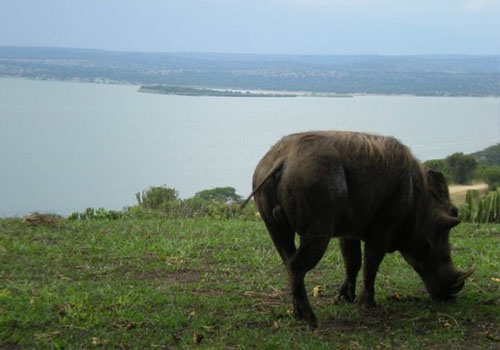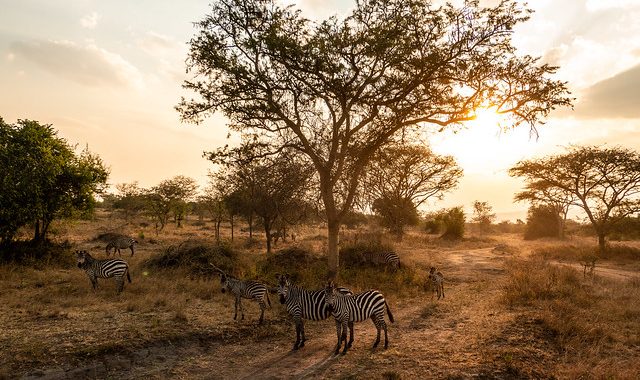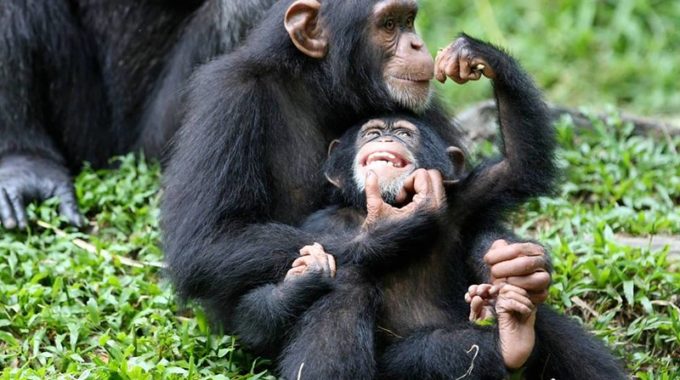Set off on a once in a life time journey into a rugged lush jungle…
Lake Bunyonyi
Visit Lake Bunyonyi, Uganda’s deepest lake
Lake Bunyonyi (“Place of many little birds”) is located in south-western Uganda between Kisoro and Kabale, and it is close to the border with Rwanda. Lake Bunyonyi has 29 islands, Punishment Island and Bushara Island inclusive with two towns on its shores which are: Kyevu and Muko. It is also a residence to several little birds.
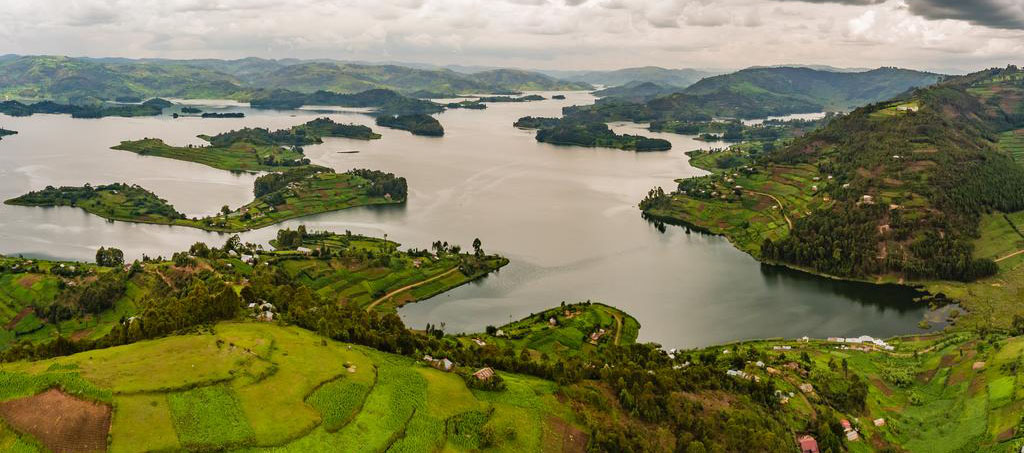
The Top Things to do and see at and around Lake Bunyonyi
Swimming at Lake Bunyonyi:
Take a swim in one of Africa’s most beautiful lakes; there are also places along the lake where they have enclosed a section like a swimming pool where one can swim although one ought to be a good swimmer to swim in this lake since it is the second deepest in Africa. Meanwhile you have to enjoy swimming here since there are no crocodiles or hippos in these waters that can scare you off. Some lodges such as Bird nest Resort also have a choice swimming-pool or the lake for their guests.
Canoeing at Lake Bunyonyi.
Take a dugout canoe with guide and discover the world of Uganda’s magical Lake. Dugout Canoeing is quite popular and you can even take overnight trips on the Lake and stay on an Island. This can be an all-day event or just a few hours, you can choose to paddle or to be paddled across the lake as you can explore the quaint Villages, forest, nature walks are all possibilities while here not forgetting to explore the 29 Islands on Lake Bunyonyi. You can also choose a motorized cruise of the lake; there are the opportunities for sunset cruises and birding boat safaris.
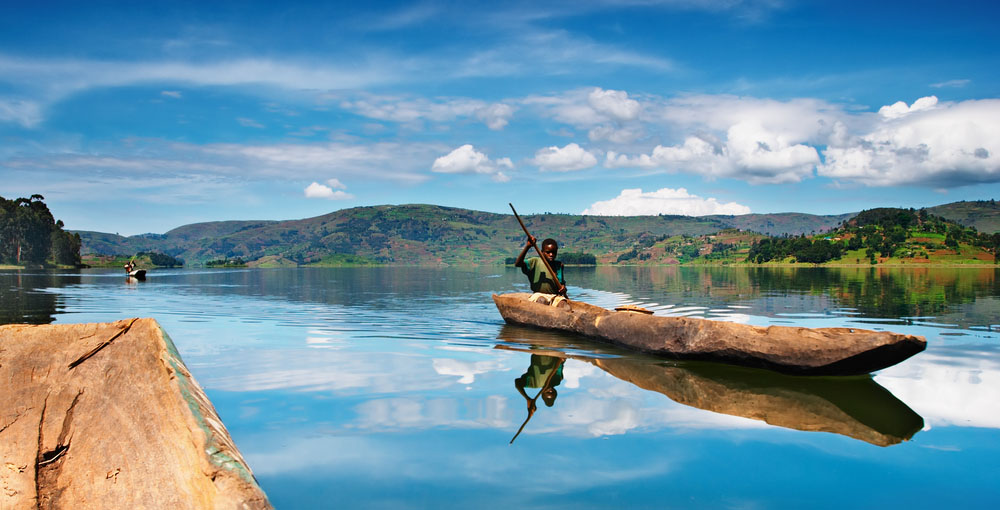
Nature Walks and Hikes at Lake Bunyonyi.
The walks are not strenuous and can be taken at your pace, guides accompany you that you do not get lost and do not miss one of the highlights of your walks both on the Islands and around the lake which will lead you through small villages where you will meet Ugandans life style up close and personal, while others might be on an island that you came to with a dugout canoe.
Mountain Biking at Lake Bunyonyi
Bike rides will be the most enjoyable that can be done all day long or just a few hours, around the lake on a mountain bike and enjoy the scenery, the people, villages, hamlets, the people and get a feel for authentic Africa in Uganda. Ensure not to miss out on this activity.
Birding at Lake Bunyonyi
Lake Bunyonyi being a home to over 200 species of birds. The bird watchers can go birding on one of the 29 island on Lake Bunyonyi and combine it with a dugout canoe or motorized boat adventure. Boat safari with your own birding guide from the water, on some of the various islands the surrounding shores of the lake will give you an opportunity to increase on your count since it is the greatest home for birds.
Cultural Interactive Village Visits in Lake Bunyonyi
This Interactive cultural visits in villages will help you visit the home steads there, visit the school, local markets, gardens as you get to see what these people grow and harvest in their gardens. There is also chance for you to meet the Batwa Pygmy People who were the original people of the forest and today struggle in their quest of survival away from their beloved forest in the surrounding countryside.

